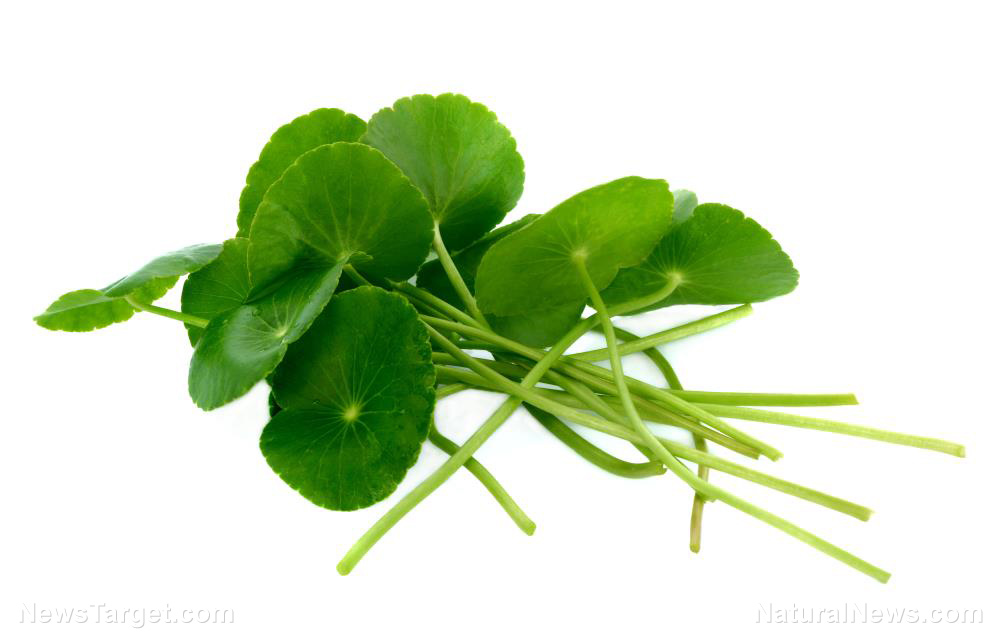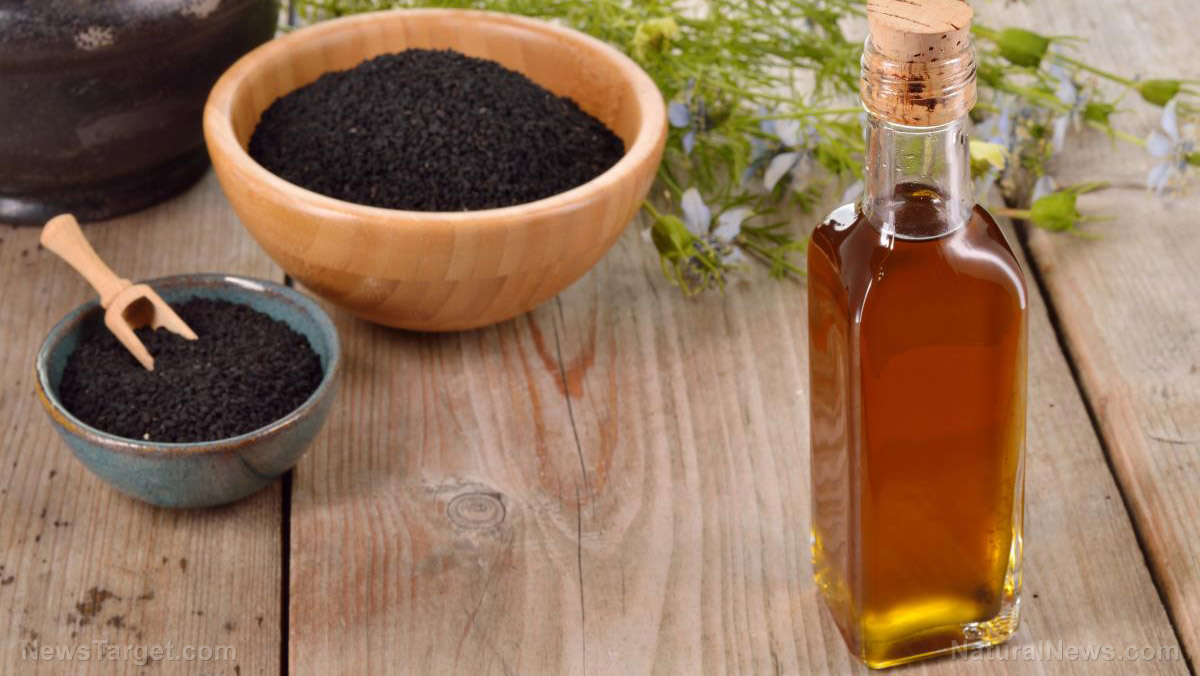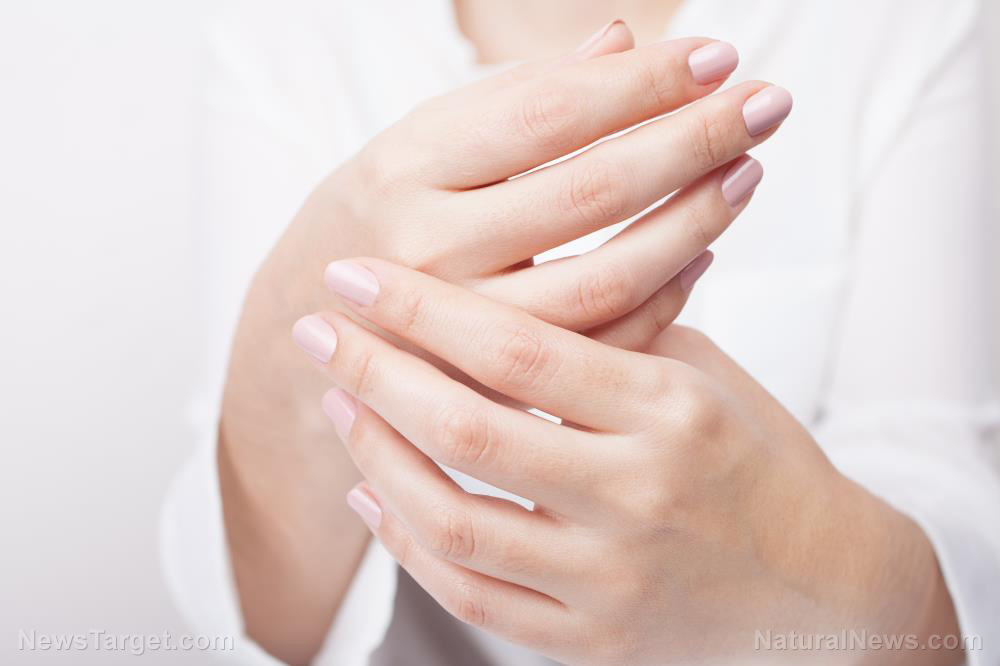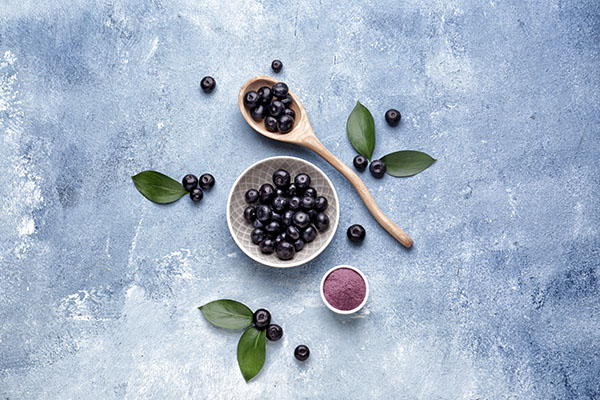Indian pennywort and its active phytonutrient component found to accelerate wound healing
02/15/2022 / By Franz Walker

Centella asiatica, more commonly known as Indian pennywort, has long been used as a medicinal herb in Ayurvedic medicine. This medicinal plant and its extracts are known for their wound healing properties.
With that in mind, researchers conducted a study to see if a hydrogel formulation developed from C. asiatica extract could accelerate wound healing.
C. asiatica has many uses in Ayurvedic medicine. In addition to wound healing, extracts from this herb have also been used to treat various skin conditions such as leprosy, lupus, varicose ulcers, eczema, and psoriasis, among others. The plant is also used for relieving anxiety and improving cognition.
Most of its therapeutic effects have been associated with triterpenoid saponins. One of these saponins – asiaticoside – has been identified in clinical evaluations as the main constituent responsible for C. asiatica‘s wound healing properties.
Asiaticoside’s wound-healing activity has already been uncovered through in vivo and in vitro models. Researchers from the International Islamic University Malaysia, the University Malaysia Pahang, Maharaja Ranjit Singh Punjab Technical University and the Universiti Putra Malaysia looked to see if an asiaticoside-rich hydrogel could be developed from C. asiatica extracts.
The findings of their study were published in the journal BMC Complementary and Alternative Medicine.
Developing an asiaticoside-rich hydrogel from C. asiatica
To conduct their study, the researchers prepared a hydrogel using an asiaticoside-rich fraction of C. asiatica.
The researchers first dried C. asiatica at a temperature of 25 to 40 C before pulverizing it, after which, 100 grams (g) of the pulverized C. asiatica was macerated thrice in 300 milliliters (mL) of 95 percent ethanol for three days. The final extract was filtered and subjected to vacuum liquid chromatography.
To prepare the hydrogel, the researchers dissolved eight percent poly vinyl alcohol (PVA) in deionized water for 1 hour on a hotplate, followed by the addition of five percent poly ethylene glycol (PEG). They then incorporated the asiaticoside-rich fraction into the resulting PVA/PEG hydrogel after five consecutive freeze-thaw cycles.
Testing the wound-healing properties of the C. asiatica hydrogel
To test the asiaticoside-rich hydrogel’s wound healing effects, the researchers conducted an animal study using male white albino rabbits, which they divided into four groups.
The first group was treated with the asiaticoside-rich hydrogel while the second group, which served as the positive control, was treated with a commercial cream. The third group was treated with a blank hydrogel, while the fourth group, which served as a negative control, did not receive any treatment.
The researchers found that the group treated with the asiaticoside-rich hydrogel experienced enhanced wound healing. Specifically, the group’s wounds healed 15 percent faster than that of the group treated with a commercial cream, and over 40 percent faster than the group that did not receive any treatment. (Related: The top herbs and supplements for wound healing and post-surgical recovery.)
In addition, the researchers noted that the hydrogel formulation did not cause any signs of irritation on the rabbits’ skin.
Based on their findings, the researchers concluded that the asiaticoside-rich hydrogel made from C. asiatica extract was safe to use and had good physicochemical properties, making it suitable for topical wound healing applications.
For more studies on natural wound treatments, follow NaturalCures.news.
Sources include:
BMCComplementMedTherapies.BioMedCentral.com
Submit a correction >>
Tagged Under:
alternative medicine, Ayurveda, Cosmetics, herbal medicine, Herbs, indian pennywort, natural cures, natural medicine, phytonutrients, plant medicine, remedies, research, Wound Healing, wound treatment
This article may contain statements that reflect the opinion of the author
RECENT NEWS & ARTICLES
Natural.News is a fact-based public education website published by Natural News Features, LLC.
All content copyright © 2018 by Natural News Features, LLC.
Contact Us with Tips or Corrections
All trademarks, registered trademarks and servicemarks mentioned on this site are the property of their respective owners.






















